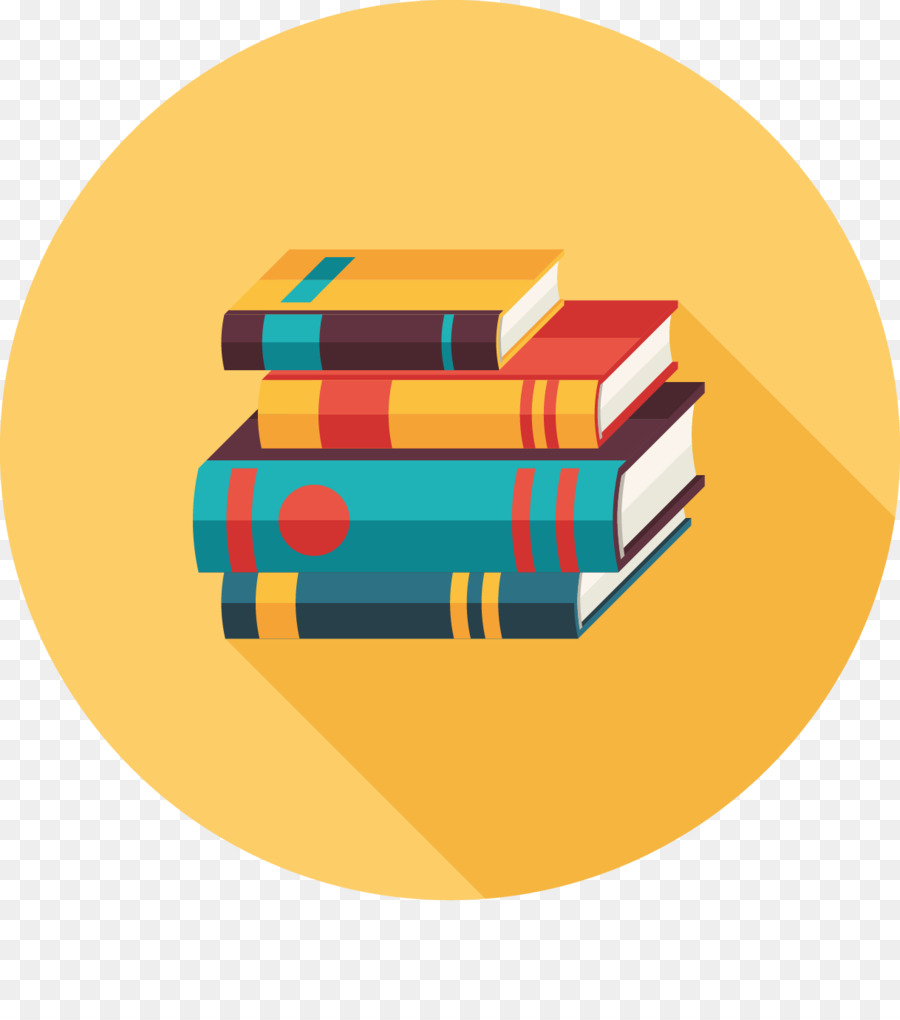
These both timeless and timely questions permeate the catastrophically gut-wrenching, yet also awe-inspiring and uplifting, pages of American preacher, David Wilkerson’s (1931-2011), phenomenally successful (it has sold over fifteen million copies) 1963 autobiography, The Cross and the Switchblade.
In 1958, Reverend David Wilkerson was living a blissfully happy and cosily contented life, as the minister at a country church in Pennsylvania, America. As David reflects, “The life of a country preacher suited me perfectly”. David’s highly supportive wife, Gwen, and small girls, Debbie and Bonnie completed the perfect picture for David (two sons were to later follow).
Then, an idea took place in David’s head and heart. The precursor to David’s thinking of this ‘idea’ was him reading ‘Life’ magazine. As David tells us, “At first glance, it seemed that there was nothing on the page to interest me. It carried a pen drawing of a trial taking place in New York City, 350 miles away. I’d never been to New York, and I never wanted to go, except perhaps to see the Statue of Liberty……..my attention was caught by the eyes of one of the figures in the drawing. A boy. One of seven boys on trial for murder. The artist had caught such a look of bewilderment and hatred and despair in his features that I opened the magazine wide again to get a closer look. And as I did, I began to cry”.
The teenage boys in the picture were members of The Dragons, a New York gang. Horrifically, the boys had murdered a fifteen year old polio victim called Michael Farmer.
David had a thought to ‘Go to New York City and help those boys’.
David then thought to himself, ” I’d be a fool. I know nothing about kids like that. I don’t want to know anything”. Despite himself, David couldn’t shake the idea that these boys needed him and he should go to their aid.
Discouragingly for David, he never did get to meet those troubled teenagers. David went to the trial, was thrown out after approaching the judge, and had his photograph on the front pages of national newspapers the next day. He felt disconsolably that he was now a recognised laughing stock in the nation, however his great embarrassment at being kicked out of the trial and photographed for newspapers waving a bible turned into a stroke of good fortune. As David was somberly told by the gang member of the Rebels, Tommy, and his gang members, who recognised David from having his picture in the paper, David was “one of us”.
We are told “Their logic was simple. The cops didn’t like me: the cops didn’t like them. We were in the same boat, and I was one of them. This was the first time but by no means the last time that I heard this logic. Suddenly I caught a glimpse of myself being hauled up that courtroom aisle, and it had a different light on it”.
Tommy introduced David to another gang, the GGIs (Grand Gangsters Incorporated). At a gang meeting of the GGIs in a basement, David also met the GGI Debs (“the girl gang attached to the GGIs”). Maria, who was president of the GGI Debs, made a heartbreaking revelation to David (who preached of God’s love to the destitute and forlorn teenagers) that she was a “dope addict”. Maria lamented to David, “I’m a mainliner, Davie. There’s no hope for me, not even from God”.
David tells us “I looked around the room to see if I could catch in the other youngster’s eyes a sense that Maria was being melodramatic. No one was smiling. In that one fleeting glance into the faces of a circle of kids, I knew what I was later to find out in police statistics and hospital reports: medicine does not have an answer to drug addiction. Maria had expressed the opinion of the experts: there was virtually no hope for the “mainline” addict, the one who injects heroin directly into the bloodstream. Maria was a mainliner”.
David subsequently got to know the streets of New York and felt he could help the ‘lost’ teenagers in the dankly impersonal city. He asked a gang member, Angelo, “what would you say was the greatest problem boys have in this city?”.
” ‘Lonesomeness’ said Angelo quickly”.
David reflects, “It was a strange answer: lonesomeness in a city of eight million people. But Angelo said the feeling came because nobody loved you, and that all of his friends in the gangs were basically very lonely boys. The more I came to know New York, the more I grew certain that Angelo was right”.
David found there to be something carried out by gang members that was even darker than the fighting and promiscuity. And that was “dope addiction”.
David realised that for him to really help these teenagers ensnared in a metaphorical spiderweb of violence, degradation, poverty and fear, “They’ve got to start over again and they’ve got to be surrounded by love”.
And thus a great idea became a great ministry. A ministry whose “main purpose was to reach young boys and girls with the message of God’s love”. To help the gang members leave the gangs and offer help and hope to the drug addicts, alcoholics and those committing crimes.
The organisation was initially known as Teenage Evangelism, later becoming known nationally (in America) and internationally as Teen Challenge. (Teen Challenge opened it’s doors in Australia in 1971 and now operates in every state).
Were any of the gang members, afraid and tormented as they were, able to change and leave behind lives of mayhem and murder?
Were any of the drug addicts freed from their addictions?
Was Maria able to be helped?
Did any of those who were changed through the ministry of David and Teen Challenge regress and return to the streets (and the accompanying drugs, crime, promiscuous sex and violence)?
Could David and his team of workers get results for drug addicts that the hospitals weren’t able to achieve?
David has written a brilliant story of his life’s work, and the work of others, in bringing change and redemption to those in the world who have been lost and forgotten by society.
My heart broke and then mended again as I read of the tragic lives of teenagers such as Maria, Nicky and Israel.
We are taken to places in New York (squalid ghettos where families and young people live in abject poverty and filth) that the tourism board and probably some politicians would never want us to see.
If you doubt that God can change lives, then I challenge you to read this book.
David’s brother, Don, tells us at the end of the book that “The gang problem in Brooklyn and metropolitan New York City is not as severe as it was four and five decades ago, as drug abuse has, for many teens, replaced gang life. But there remain pockets of gang action”.
You will come to care about each and every one of the young people described in this book. Teenagers who boldly roamed the streets, while inwardly so terrified and broken.
As another great American man, Martin Luther King, told us last century, “Darkness cannot drive out darkness : only light can do that. Hate cannot drive out hate: only love can do that”.
This is the book we need to be reading now. I highly recommend it.
Your chance to read The Cross And The Switch-Blade.



Leave a Reply